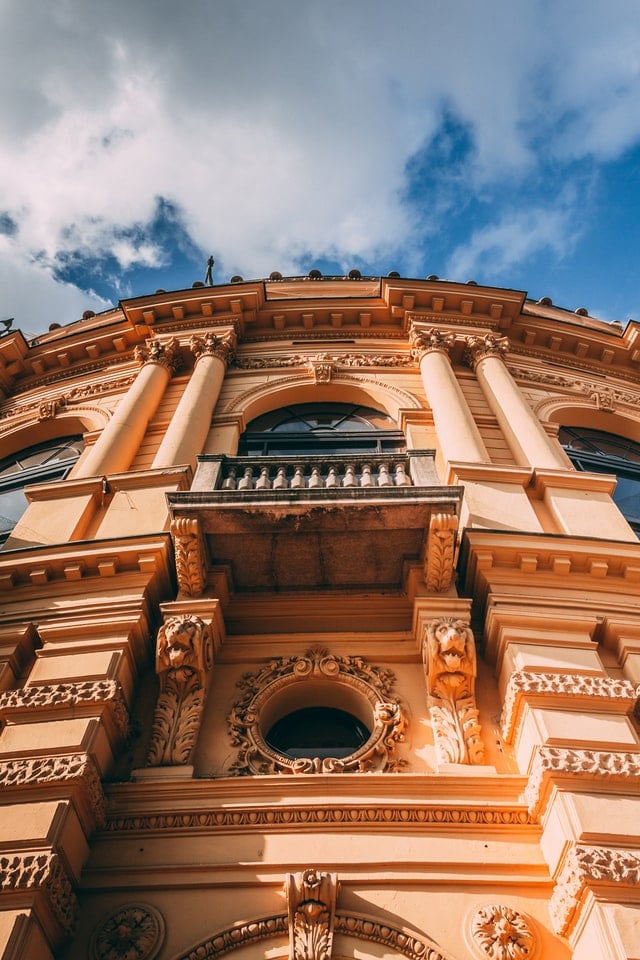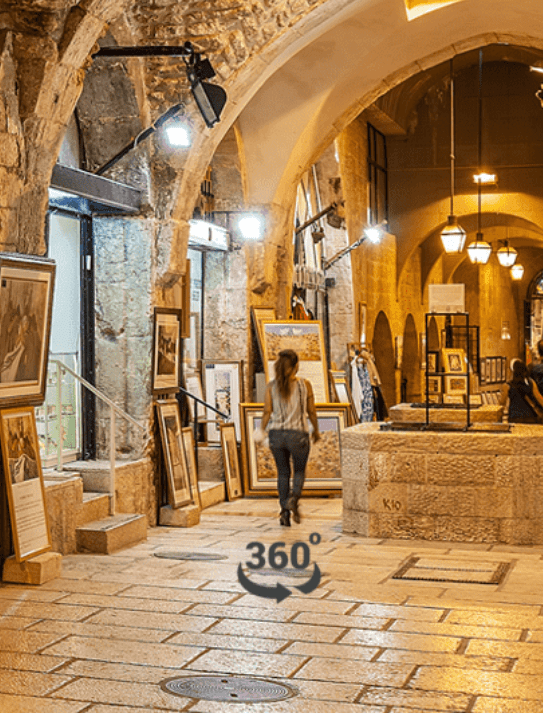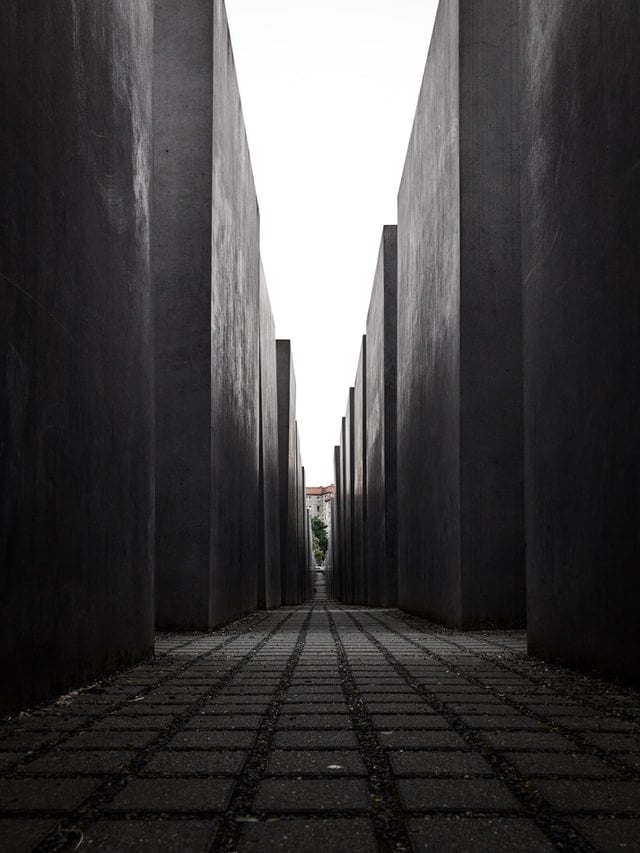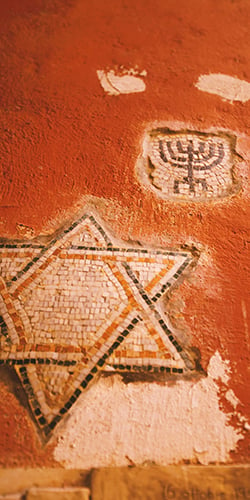Welcoming Purim 2022: A Jewish Carnival of Hamantaschen, Parades, and Plenty of Alcohol
Purim 2022: The Purim Holiday is Back and Better Than Ever From Europe to the Middle East, Jews have been subjected to some of the most ruthless minority treatment in history. There have been many moments where Jewish communities around the world have thought, "This is the end." However, most of the time it all works out and as a result, a new holiday is born. One choice joke that American Jews often like to employ during such holidays is, "They tried to kill us, they failed, let’s eat." On Purim, this sentence is altered to read, "They tried to kill us, they failed, let’s party."




































